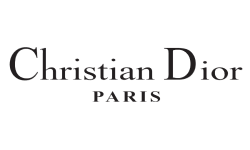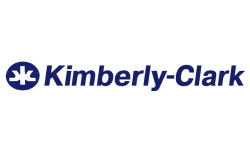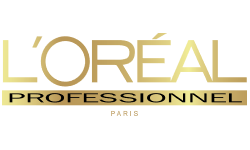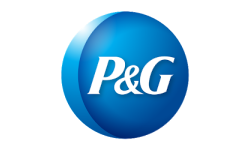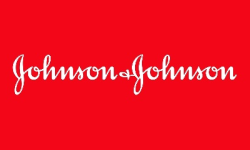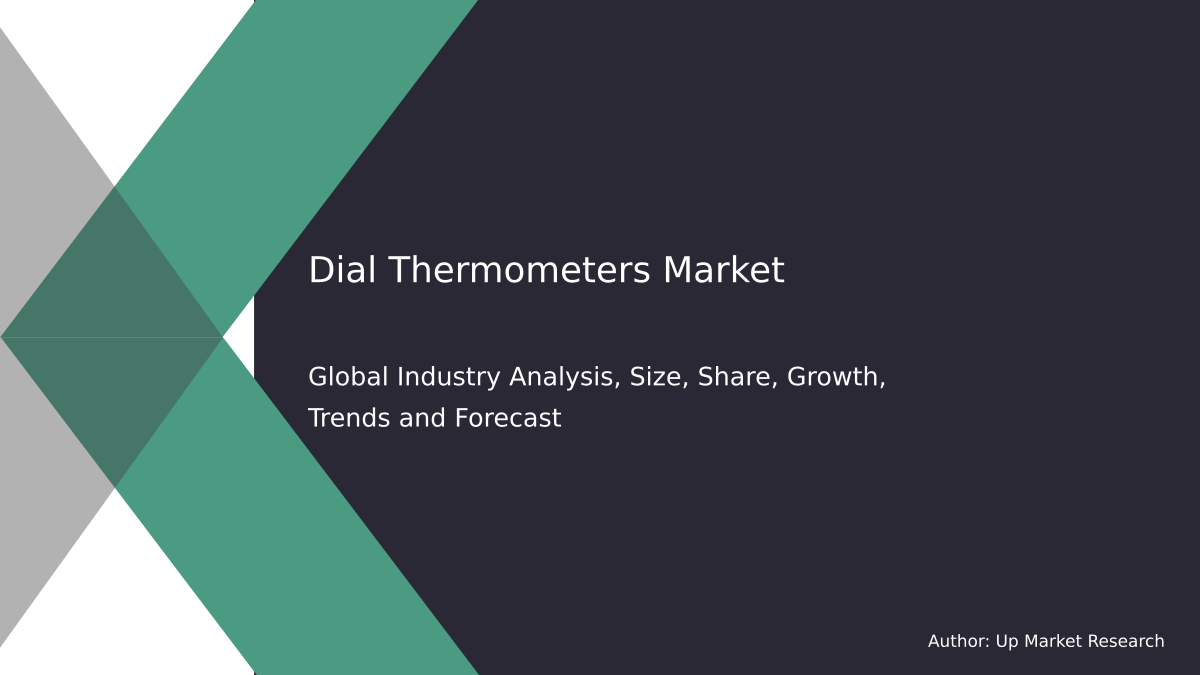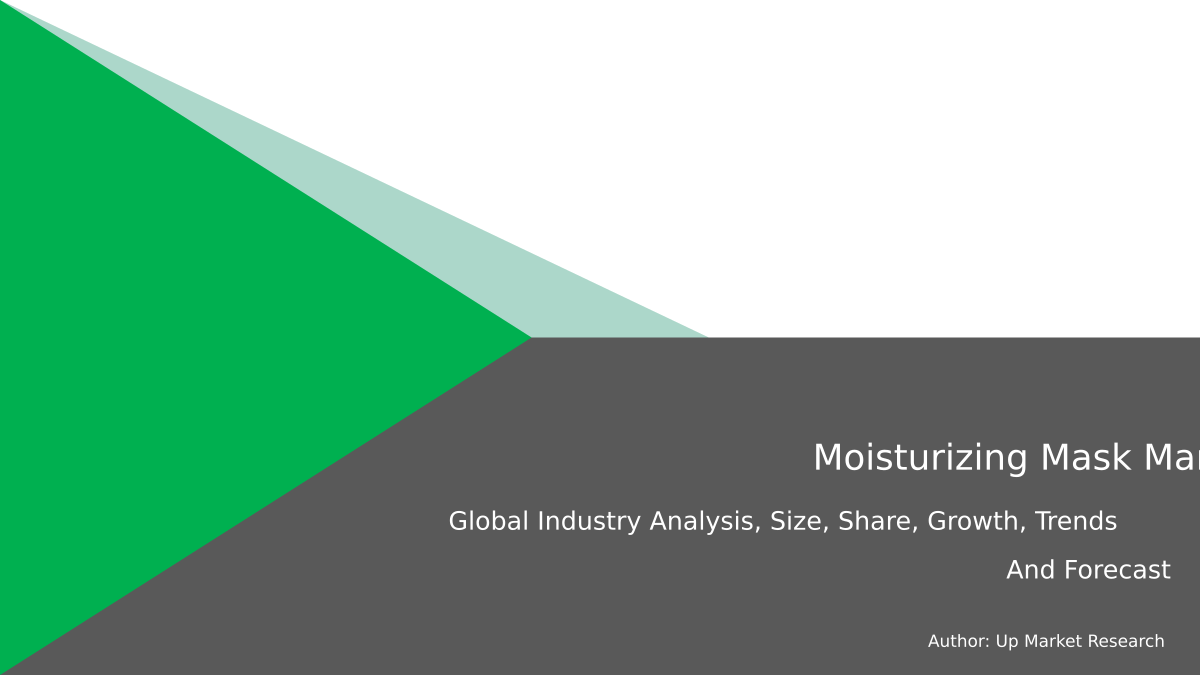
Global Medicated Skin Care Products Market by Type (Natural, Synthetic), By Application (Male, Female, Kids) and Region (North America, Latin America, Europe, Asia Pacific and Middle East & Africa), Forecast To 2028
The Global Medicated Skincare Products Market size is projected to reach USD 53.6 billion by 2028. The key factors driving this market are the increasing geriatric population and the rising incidence of chronic diseases such as psoriasis and eczema. Moreover, the high demand for organic skincare products has created new opportunities in the global medicated skincare products market.
Medicated skincare products are used to protect and care for the skin. These products help in treating various health conditions such as psoriasis, eczema, acne, etc. Such conditions can be treated by using these medicated products which have active ingredients that could suppress or control inflammation on the skin caused due to these diseases.
On the basis of Types, the market is segmented into natural and synthetic. The synthetic segment dominates the market with a share of more than 90%. Natural products are growing at a CAGR of about 12% from 2021 to 2028, while synthetic products grow at a slower rate due to the high demand for organic skincare products.
Natural Medicated Skin Care Products:
Natural Medicated Skin Care Products are products that have an ingredient derived from a natural source. These ingredients may be antibiotics, painkillers, and other medications in the form of cream or ointment for skincare purposes.
Synthetic Medicated Skin Care Products:
Synthetic medicated skincare products are skincare products that contain ingredients that have been synthetically altered to produce the desired effect. Common examples of these effects include antibacterial, anti-inflammatory, and antifungal properties (among others).
On the basis of Application, the market is segmented into Male, Female, and Kids.
Females:
Females mainly use medicated skincare products to fight acne or tackle any other form of the dermatological condition. Women are more prone to having such issues as oily skin, which may be the result of hormonal fluctuations due to menstruation and pregnancy. This can sometimes lead to pimples and blackheads.
Medications that are used for this purpose include antibiotics, benzoyl peroxide (BP), retinoids, topical corticosteroids, salicylic acid (SA), etc. These help in fighting excess oil production on the face by increasing the shedding process especially caused during puberty. They also stop inflammation from bacteria that cause acne and thus reduce redness along with swelling. There are also antimicrobial agents like tetracycline, erythromycin, and clindamycin that are used to fight infections.
Blemishes can be treated through topical antibiotics (clindamycin) or benzoyl peroxide as well as oral antibiotic/antifungal medications for more severe cases of acne. There is also a group of agents called retinoids which includes natural vitamin A derivatives like tretinoin, adapalene, dapsone hydrochloride, and isotretinoin as well as the synthetic version – acitretin. Retinoids play an important role in regulating skin cell growth by controlling how cells divide and grow. They help repair sun-damaged skin too since they have UV filter properties along with anti-inflammatory effects.
Males:
The rise of male grooming has undoubtedly been a major factor in the global demand for medicated skincare products. With more men who are concerned about their appearance, there is an increasing number of males using these skincare creams and lotions to clear up acne or other blemishes that appear on their skin.
Furthermore, in recent years there has been a trend for men to be more forthcoming about seeking help with skincare. As a result of this, the global demand for medicated skin care products is expected to continue rising at an above-average rate over the forecast period.
This alludes towards one key challenge that pharmaceutical companies will have when marketing their medicated skincare products: ensuring they reach not only males but females as well who are also looking to improve their appearance and clear up any blemishes on their skin before it becomes too difficult or expensive to remedy them in later stages.
kids:
Medicated products for kids can help to reduce signs like acne and eczema, as well as prevent these conditions from worsening at this early stage of development when they are most vulnerable. Their skin is softer than adults and more fragile, so skincare should be handled with care. With medicated products being absorbed into children’s cells faster because of their thinner epidermis layer, it is not advised to use them in young patients under 12 years old without medical advice from a doctor or pharmacist.
On the basis of Region, the market is segmented into North America, Latin America, Europe, Asia Pacific, and Middle East & Africa.
North America is projected to be the leading segment by 2028, owing to the presence of a large population base in this region.
Asia Pacific is projected to be the fastest-growing region for medicated skincare products, with a CAGR of over 13% from 2021 till 2028.
Growth Factors For The Global Medicated Skin Care Products Market:
The growth factors influencing the global medicated skincare products market include increasing awareness about skin diseases and disorders, growing demand for customized beauty products, increase in disposable income among the young population. Medicated skincare is a burgeoning trend with more than half of the world’s population being afflicted by some form of dermatological disease or disorder. In this era where people are trying to squeeze every bit of life out from themselves like taking up extreme sports without thinking if it will harm your body further; there is an increased need for medication that helps heal wounds faster. This factor along with growing awareness about these problems has led to a significant rise in demand for medical treatment such as ointment and bandages.
Up Market Research published a new report titled “Medicated Skin Care Products Market research report which is segmented by Types (Natural, Synthetic), By Applications (Male, Female, Kids), By Players/Companies Bayer, Beiersdorf, Pfizer, Johnson & Johnson, Kao Corporation, Baxter Laboratories, Advanced Dermatology, Anacor Pharmaceuticals, SkinMedica, Unilever, Taisho Pharmaceuticals, Otsuka Pharmaceutical, Merz North America”.
Report Scope
| Report Attributes | Report Details |
| Report Title | Medicated Skin Care Products Market Research Report |
| By Type | Natural, Synthetic |
| By Application | Male, Female, Kids |
| By Companies | Bayer, Beiersdorf, Pfizer, Johnson & Johnson, Kao Corporation, Baxter Laboratories, Advanced Dermatology, Anacor Pharmaceuticals, SkinMedica, Unilever, Taisho Pharmaceuticals, Otsuka Pharmaceutical, Merz North America |
| Regions Covered | North America, Europe, APAC, Latin America, MEA |
| Base Year | 2020 |
| Historical Year | 2018 to 2019 (Data from 2010 can be provided as per availability) |
| Forecast Year | 2028 |
| Number of Pages | 231 |
| Number of Tables & Figures | 162 |
| Customization Available | Yes, the report can be customized as per your need. |
The report covers comprehensive data on emerging trends, market drivers, growth opportunities, and restraints that can change the market dynamics of the industry. It provides an in-depth analysis of the market segments which include products, applications, and competitor analysis.

Global Medicated Skin Care Products Market Report Segments:
The market is segmented by Type Natural, Synthetic and By Application Male, Female, Kids.
Some of the companies that are profiled in this report are:
- Bayer
- Beiersdorf
- Pfizer
- Johnson & Johnson
- Kao Corporation
- Baxter Laboratories
- Advanced Dermatology
- Anacor Pharmaceuticals
- SkinMedica
- Unilever
- Taisho Pharmaceuticals
- Otsuka Pharmaceutical
- Merz North America
Medicated Skin Care Products Market research report delivers a close watch on leading competitors with strategic analysis, micro and macro market trend and scenarios, pricing analysis and a holistic overview of the market situations in the forecast period. It is a professional and a detailed report focusing on primary and secondary drivers, market share, leading segments and geographical analysis. Further, key players, major collaborations, merger & acquisitions along with trending innovation and business policies are reviewed in the report.
Key Benefits for Industry Participants & Stakeholders:
- Industry drivers, restraints, and opportunities covered in the study
- Neutral perspective on the market performance
- Recent industry trends and developments
- Competitive landscape & strategies of key players
- Potential & niche segments and regions exhibiting promising growth covered
- Historical, current, and projected market size, in terms of value
- In-depth analysis of the Medicated Skin Care Products Market
Overview of the regional outlook of the Medicated Skin Care Products Market:
Based on region, the market is segmented into North America, Europe, Asia Pacific, Latin America and Middle East & Africa (MEA). North America region is further bifurcated into countries such as U.S., and Canada. The Europe region is further categorized into U.K., France, Germany, Italy, Spain, Russia, and Rest of Europe. Asia Pacific is further segmented into China, Japan, South Korea, India, Australia, South East Asia, and Rest of Asia Pacific. Latin America region is further segmented into Brazil, Mexico, and Rest of Latin America, and the MEA region is further divided into GCC, Turkey, South Africa, and Rest of MEA.

Highlights of The Medicated Skin Care Products Market Report:
- The market structure and projections for the coming years.
- Drivers, restraints, opportunities, and current trends of Medicated Skin Care Products Market.
- Historical data and forecast.
- Estimations for the forecast period 2028.
- Developments and trends in the market.
- By Type:
1. Natural
2. Synthetic
7. By Application:1. Male
2. Female
3. Kids
- Market scenario by region, sub-region, and country.
- Market share of the market players, company profiles, product specifications, SWOT analysis, and competitive landscape.
- Analysis regarding upstream raw materials, downstream demand, and current market dynamics.
- Government Policies, Macro & Micro economic factors are also included in the report.
We have studied the Medicated Skin Care Products Market in 360 degrees via. both primary & secondary research methodologies. This helped us in building an understanding of the current market dynamics, supply-demand gap, pricing trends, product preferences, consumer patterns & so on. The findings were further validated through primary research with industry experts & opinion leaders across countries. The data is further compiled & validated through various market estimation & data validation methodologies. Further, we also have our in-house data forecasting model to predict market growth up to 2028.
How you may use our products:
- Correctly Positioning New Products
- Market Entry Strategies
- Business Expansion Strategies
- Consumer Insights
- Understanding Competition Scenario
- Product & Brand Management
- Channel & Customer Management
- Identifying Appropriate Advertising Appeals

Reasons to Purchase the Medicated Skin Care Products Market Report:
- The report includes a plethora of information such as market dynamics scenario and opportunities during the forecast period
- Segments and sub-segments include quantitative, qualitative, value (USD Million,) and volume (Units Million) data.
- Regional, sub-regional, and country level data includes the demand and supply forces along with their influence on the market.
- The competitive landscape comprises share of key players, new developments, and strategies in the last three years.
- Comprehensive companies offering products, relevant financial information, recent developments, SWOT analysis, and strategies by these players.
Chapter 2 Assumptions and Acronyms Used
Chapter 3 Research Methodology
Chapter 4 Medicated Skin Care Products Market Overview
4.1 Introduction
4.1.1 Market Taxonomy
4.1.2 Market Definition
4.1.3 Macro-Economic Factors Impacting the Market Growth
4.2 Medicated Skin Care Products Market Dynamics
4.2.1 Market Drivers
4.2.2 Market Restraints
4.2.3 Market Opportunity
4.3 Medicated Skin Care Products Market - Supply Chain Analysis
4.3.1 List of Key Suppliers
4.3.2 List of Key Distributors
4.3.3 List of Key Consumers
4.4 Key Forces Shaping the Medicated Skin Care Products Market
4.4.1 Bargaining Power of Suppliers
4.4.2 Bargaining Power of Buyers
4.4.3 Threat of Substitution
4.4.4 Threat of New Entrants
4.4.5 Competitive Rivalry
4.5 Global Medicated Skin Care Products Market Size & Forecast, 2018-2028
4.5.1 Medicated Skin Care Products Market Size and Y-o-Y Growth
4.5.2 Medicated Skin Care Products Market Absolute $ Opportunity
Chapter 5 Global Medicated Skin Care Products Market Analysis and Forecast by Type
5.1 Introduction
5.1.1 Key Market Trends & Growth Opportunities by Type
5.1.2 Basis Point Share (BPS) Analysis by Type
5.1.3 Absolute $ Opportunity Assessment by Type
5.2 Medicated Skin Care Products Market Size Forecast by Type
5.2.1 Natural
5.2.2 Synthetic
5.3 Market Attractiveness Analysis by Type
Chapter 6 Global Medicated Skin Care Products Market Analysis and Forecast by Applications
6.1 Introduction
6.1.1 Key Market Trends & Growth Opportunities by Applications
6.1.2 Basis Point Share (BPS) Analysis by Applications
6.1.3 Absolute $ Opportunity Assessment by Applications
6.2 Medicated Skin Care Products Market Size Forecast by Applications
6.2.1 Male
6.2.2 Female
6.2.3 Kids
6.3 Market Attractiveness Analysis by Applications
Chapter 7 Global Medicated Skin Care Products Market Analysis and Forecast by Region
7.1 Introduction
7.1.1 Key Market Trends & Growth Opportunities by Region
7.1.2 Basis Point Share (BPS) Analysis by Region
7.1.3 Absolute $ Opportunity Assessment by Region
7.2 Medicated Skin Care Products Market Size Forecast by Region
7.2.1 North America
7.2.2 Europe
7.2.3 Asia Pacific
7.2.4 Latin America
7.2.5 Middle East & Africa (MEA)
7.3 Market Attractiveness Analysis by Region
Chapter 8 Coronavirus Disease (COVID-19) Impact
8.1 Introduction
8.2 Current & Future Impact Analysis
8.3 Economic Impact Analysis
8.4 Government Policies
8.5 Investment Scenario
Chapter 9 North America Medicated Skin Care Products Analysis and Forecast
9.1 Introduction
9.2 North America Medicated Skin Care Products Market Size Forecast by Country
9.2.1 U.S.
9.2.2 Canada
9.3 Basis Point Share (BPS) Analysis by Country
9.4 Absolute $ Opportunity Assessment by Country
9.5 Market Attractiveness Analysis by Country
9.6 North America Medicated Skin Care Products Market Size Forecast by Type
9.6.1 Natural
9.6.2 Synthetic
9.7 Basis Point Share (BPS) Analysis by Type
9.8 Absolute $ Opportunity Assessment by Type
9.9 Market Attractiveness Analysis by Type
9.10 North America Medicated Skin Care Products Market Size Forecast by Applications
9.10.1 Male
9.10.2 Female
9.10.3 Kids
9.11 Basis Point Share (BPS) Analysis by Applications
9.12 Absolute $ Opportunity Assessment by Applications
9.13 Market Attractiveness Analysis by Applications
Chapter 10 Europe Medicated Skin Care Products Analysis and Forecast
10.1 Introduction
10.2 Europe Medicated Skin Care Products Market Size Forecast by Country
10.2.1 Germany
10.2.2 France
10.2.3 Italy
10.2.4 U.K.
10.2.5 Spain
10.2.6 Russia
10.2.7 Rest of Europe
10.3 Basis Point Share (BPS) Analysis by Country
10.4 Absolute $ Opportunity Assessment by Country
10.5 Market Attractiveness Analysis by Country
10.6 Europe Medicated Skin Care Products Market Size Forecast by Type
10.6.1 Natural
10.6.2 Synthetic
10.7 Basis Point Share (BPS) Analysis by Type
10.8 Absolute $ Opportunity Assessment by Type
10.9 Market Attractiveness Analysis by Type
10.10 Europe Medicated Skin Care Products Market Size Forecast by Applications
10.10.1 Male
10.10.2 Female
10.10.3 Kids
10.11 Basis Point Share (BPS) Analysis by Applications
10.12 Absolute $ Opportunity Assessment by Applications
10.13 Market Attractiveness Analysis by Applications
Chapter 11 Asia Pacific Medicated Skin Care Products Analysis and Forecast
11.1 Introduction
11.2 Asia Pacific Medicated Skin Care Products Market Size Forecast by Country
11.2.1 China
11.2.2 Japan
11.2.3 South Korea
11.2.4 India
11.2.5 Australia
11.2.6 South East Asia (SEA)
11.2.7 Rest of Asia Pacific (APAC)
11.3 Basis Point Share (BPS) Analysis by Country
11.4 Absolute $ Opportunity Assessment by Country
11.5 Market Attractiveness Analysis by Country
11.6 Asia Pacific Medicated Skin Care Products Market Size Forecast by Type
11.6.1 Natural
11.6.2 Synthetic
11.7 Basis Point Share (BPS) Analysis by Type
11.8 Absolute $ Opportunity Assessment by Type
11.9 Market Attractiveness Analysis by Type
11.10 Asia Pacific Medicated Skin Care Products Market Size Forecast by Applications
11.10.1 Male
11.10.2 Female
11.10.3 Kids
11.11 Basis Point Share (BPS) Analysis by Applications
11.12 Absolute $ Opportunity Assessment by Applications
11.13 Market Attractiveness Analysis by Applications
Chapter 12 Latin America Medicated Skin Care Products Analysis and Forecast
12.1 Introduction
12.2 Latin America Medicated Skin Care Products Market Size Forecast by Country
12.2.1 Brazil
12.2.2 Mexico
12.2.3 Rest of Latin America (LATAM)
12.3 Basis Point Share (BPS) Analysis by Country
12.4 Absolute $ Opportunity Assessment by Country
12.5 Market Attractiveness Analysis by Country
12.6 Latin America Medicated Skin Care Products Market Size Forecast by Type
12.6.1 Natural
12.6.2 Synthetic
12.7 Basis Point Share (BPS) Analysis by Type
12.8 Absolute $ Opportunity Assessment by Type
12.9 Market Attractiveness Analysis by Type
12.10 Latin America Medicated Skin Care Products Market Size Forecast by Applications
12.10.1 Male
12.10.2 Female
12.10.3 Kids
12.11 Basis Point Share (BPS) Analysis by Applications
12.12 Absolute $ Opportunity Assessment by Applications
12.13 Market Attractiveness Analysis by Applications
Chapter 13 Middle East & Africa (MEA) Medicated Skin Care Products Analysis and Forecast
13.1 Introduction
13.2 Middle East & Africa (MEA) Medicated Skin Care Products Market Size Forecast by Country
13.2.1 Saudi Arabia
13.2.2 South Africa
13.2.3 UAE
13.2.4 Rest of Middle East & Africa (MEA)
13.3 Basis Point Share (BPS) Analysis by Country
13.4 Absolute $ Opportunity Assessment by Country
13.5 Market Attractiveness Analysis by Country
13.6 Middle East & Africa (MEA) Medicated Skin Care Products Market Size Forecast by Type
13.6.1 Natural
13.6.2 Synthetic
13.7 Basis Point Share (BPS) Analysis by Type
13.8 Absolute $ Opportunity Assessment by Type
13.9 Market Attractiveness Analysis by Type
13.10 Middle East & Africa (MEA) Medicated Skin Care Products Market Size Forecast by Applications
13.10.1 Male
13.10.2 Female
13.10.3 Kids
13.11 Basis Point Share (BPS) Analysis by Applications
13.12 Absolute $ Opportunity Assessment by Applications
13.13 Market Attractiveness Analysis by Applications
Chapter 14 Competition Landscape
14.1 Medicated Skin Care Products Market: Competitive Dashboard
14.2 Global Medicated Skin Care Products Market: Market Share Analysis, 2019
14.3 Company Profiles (Details – Overview, Financials, Developments, Strategy)
14.3.1 Bayer
14.3.2 Beiersdorf
14.3.3 Pfizer
14.3.4 Johnson & Johnson
14.3.5 Kao Corporation
14.3.6 Baxter Laboratories
14.3.7 Advanced Dermatology
14.3.8 Anacor Pharmaceuticals
14.3.9 SkinMedica
14.3.10 Unilever
14.3.11 Taisho Pharmaceuticals
14.3.12 Otsuka Pharmaceutical
14.3.13 Merz North America
The global Medicated Skin Care Products market has been segmented based on
By Types
- Natural
- Synthetic
- Male
- Female
- Kids
- Asia Pacific
- North America
- Latin America
- Europe
- Middle East & Africa
- Bayer
- Beiersdorf
- Pfizer
- Johnson & Johnson
- Kao Corporation
- Baxter Laboratories
- Advanced Dermatology
- Anacor Pharmaceuticals
- SkinMedica
- Unilever
- Taisho Pharmaceuticals
- Otsuka Pharmaceutical
- Merz North America
Related Reports
Some other reports from this category!


